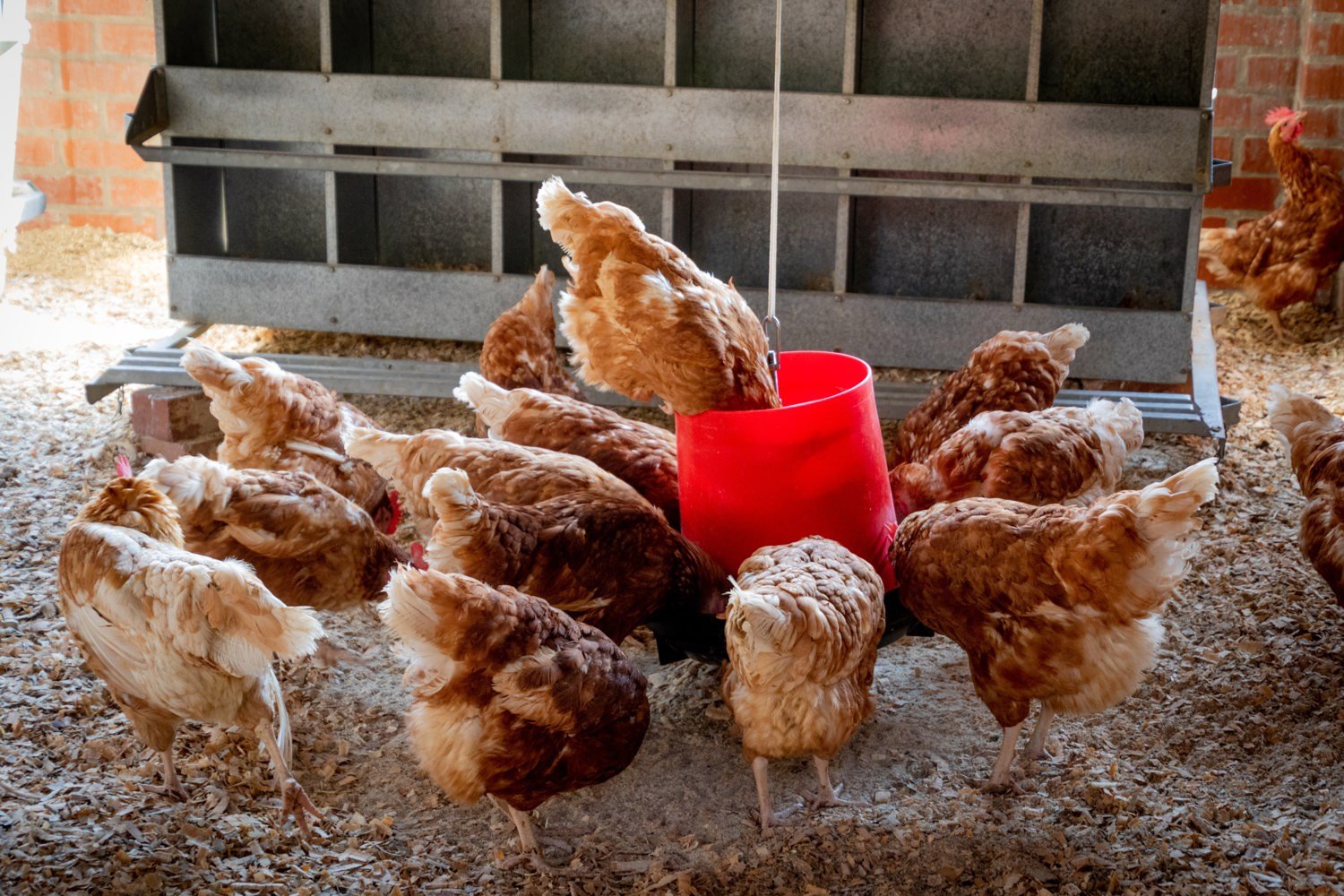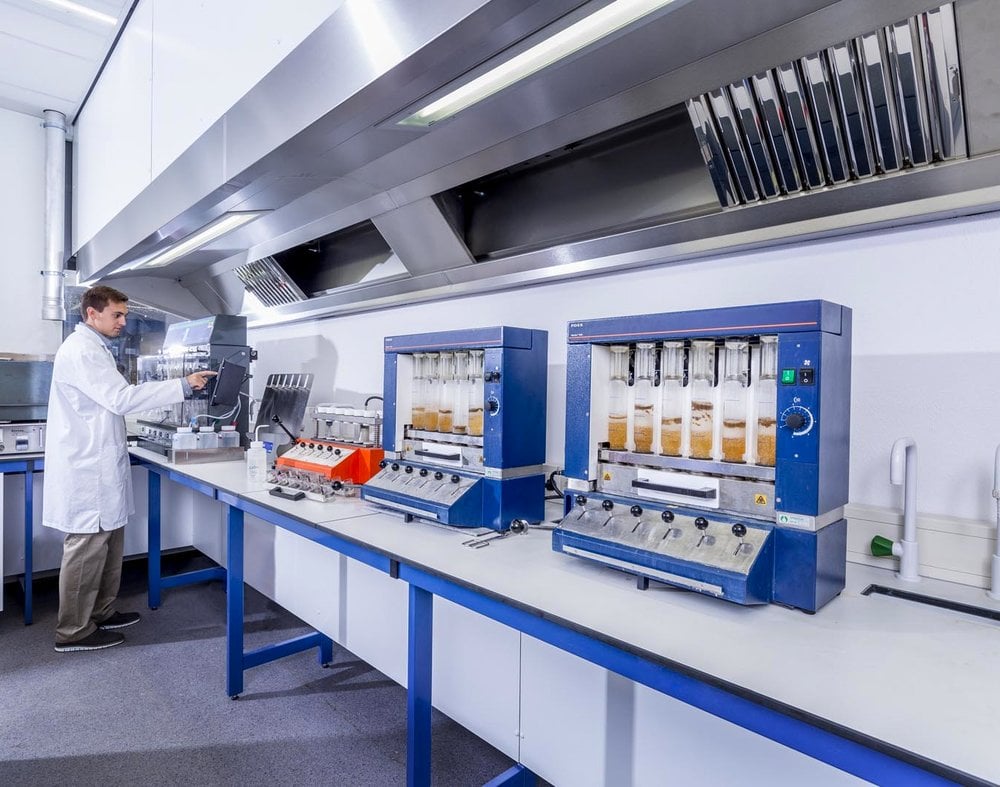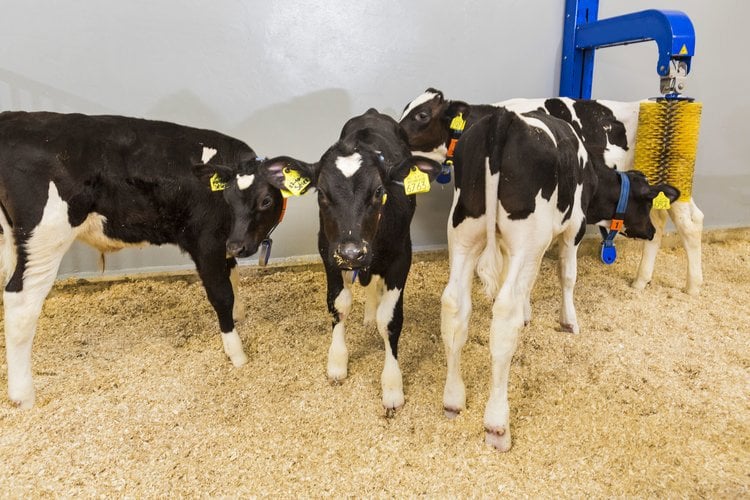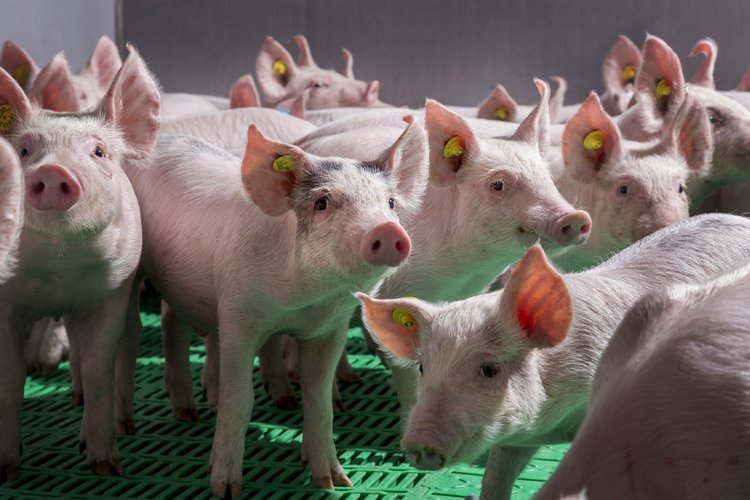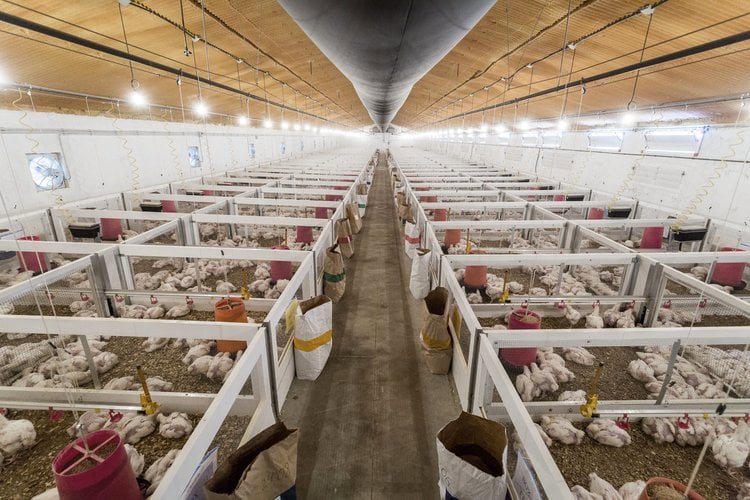
Feed technology to enhance nutrient digestion and reduce environmental impact
We recognize our customers’ challenges and provide them with solutions that balance animal performance and the efficient and sustainable use of feed ingredients. Our multidisciplinary science team develops feed technologies that:
- Support farm animals’ digestive capacity by improving the digestion efficiency of feed ingredients, with a focus on soluble and insoluble dietary fibre, or non-starch polysaccharides (NSP), and aiming to better understand how to unlock non-utilized energy from NSP structures.
- Impact sustainability by targeting the animals’ feed efficiency, resulting in improved animal performance and reduced environmental impact.
- Create a better understanding of fibre digestion. We examine the synergy of digestive enzymes and (commercial) NSP-degrading enzymes (NSPase) by developing in-vitro models aiming to correlate in-vitro with in-vivo fibre degradation and utilization.
- Use in-vitro models to benchmark a wide range of (commercial) feed enzymes with a focus on phytases, NSPases and proteases. Developing a predictive in-vitro model allows for rapid screening of enzymatic benefits using new feed material, while improving animal welfare at the same time.
- Strengthen the management of feed ingredient variation and cost-conscious use of less frequently applied raw material sources. Mitigation of anti-nutritional nutrients (e.g., insoluble galactoarabinoxylans) by applying NSPase serves to improve the digestibility of feed and increase nutrient availability

The successful in-vitro model approach (using animal digestive enzymes) and established correlation with animal (in-vivo) responses was shown in the Kinetio project. Determining the in-vitro starch, protein and fibre kinetics in a wide range of feed ingredients was pivotal to composing the feed ingredient database used for the Kinetio feeding concept.

Ingredient quality is where it starts
Trouw Nutrition is a leading company in selling premixes and providing the related tools and services. Premixes are mixtures of vitamins, minerals and sometimes also amino acids, enzymes, colouring agents and other ingredients. As premixes become more complex, quality parameters – such as being dust free (according to ATEX standards), easy flowing, high homogeneity and having good nutrient recovery – become more important. Trouw Nutrition is continuously working on tools to better predict the physical and chemical characteristics of mixes, taking one worry away from customers so they can focus on their core business.
We also see that more feeds around the world are pelleted; this is challenging in terms of the stability of vitamins and colouring agents, for example. We monitor the stability of different suppliers’ premix and pelleted feed products to guarantee the best quality.
Premix/ingredient quality
The IRC works on new physical formulations for mixed products to be given to animals. There are several characteristics used to define these formulations:
- Easily dosed (powder or liquid with certain characteristics).
- Safe (no dust, etc).
- Stable (no chemical reactions with other feed components, oxygen, etc).
- Dosed at the right spot in the GI tract and in the right physical composition for absorption in the animal (e.g., rumen-bypass / bioavailability).
- Produced in a sustainable and efficient way.
Toolboxes to obtain these desired characteristics are ingredient technologies (e.g. encapsulation for rumen bypass) and/or processing technologies (e.g. mixing, spray drying). Trouw Nutrition’s IRC has decades of knowledge combined with a large network in the industry and knowledge institutes, enabling us to offer the best quality premixes, tools and services to support all of the challenges which our customers face.
